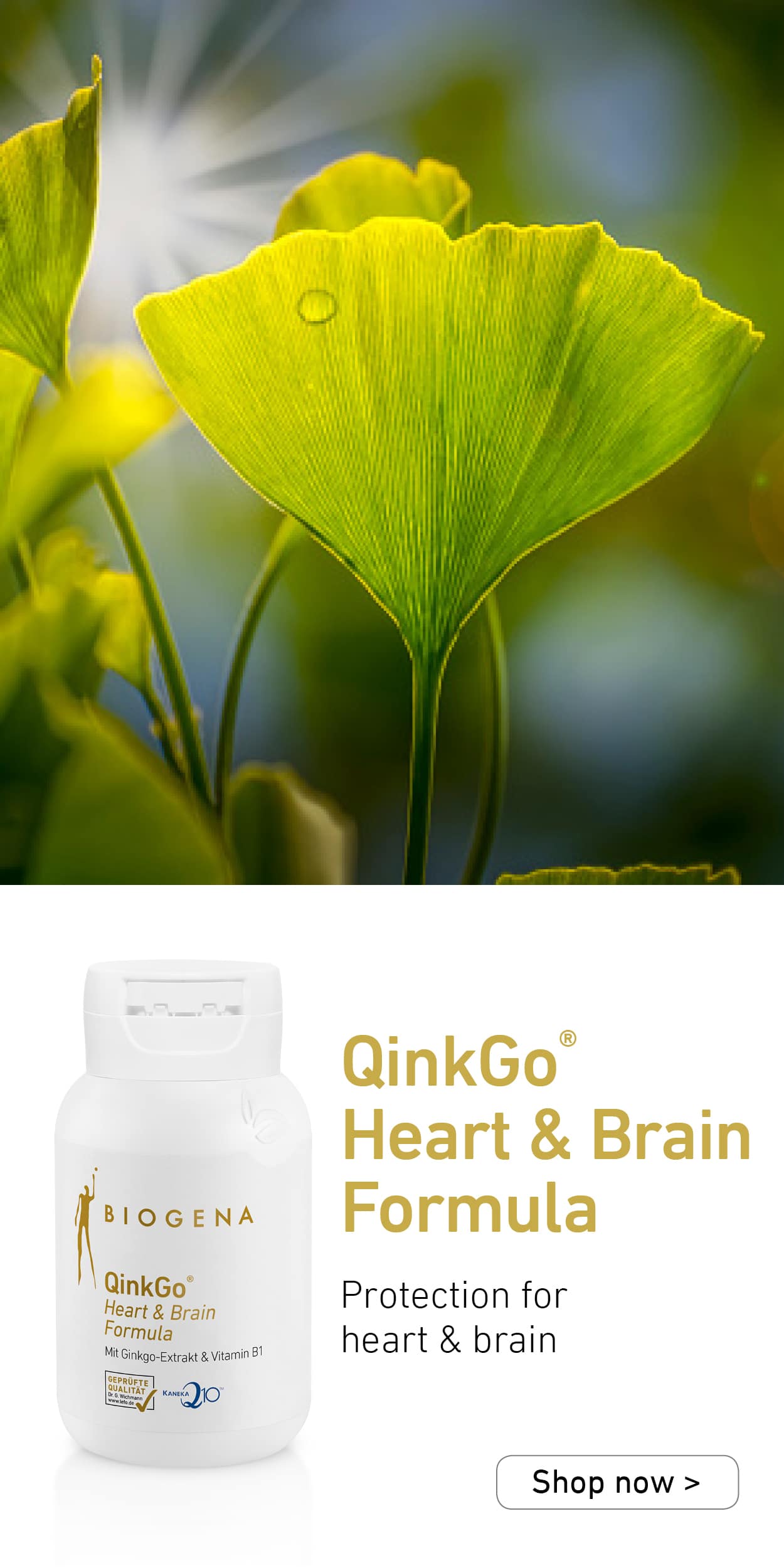Fragile, brittle fingernails that splinter easily are not uncommon. The causes are usually very different and can range from vitamin deficiency to thyroid disease. This symptom is particularly prevalent in women.
Onychoschisis & Onychorrhexis
Depending on how the fingernails break, experts speak of two different types. A distinction is made between Onychoschisis and Onychorrhexis. Onychoschisis is a lamellar chipping of the nail, from the top edge (the free part of the nail). Here thin layers, which possibly serve the nail construction, detach from the nail plate. Onychorrhexis is less common and refers to chipping in the middle of the nail plate.
Possible causes
Sometimes quite banal causes, like too frequent contact with water, can be to blame for the not so beautiful nail pattern.
Contact with chemicals
Frequent contact with chemicals such as cleaning agents, soaps or nail polish removers can cause brittle nails.
Diseases
Various diseases can be the cause of an unattractive nail appearance. Both hypothyroidism and hyperfunction can cause brittle fingernails. Skin diseases such as eczema, psoriasis or nail fungus can also be responsible.
Vitamin deficiency
Brittle, thin nails can be a sign of vitamin deficiency. Dry, brittle, splintering nails can be a sign of a vitamin A deficiency, but also an excessive dose. A lack of vitamin B, vitamin C, vitamin D, biotin and folic acid can also manifest itself in an unattractive nail appearance.
Mineral deficiency
A healthy nail needs zinc, because it is indispensable for the controlled keratinisation processes. A zinc deficiency manifests itself in the formation of transverse grooves and in extreme cases in the detachment of the nail plate from the nail bed. Iron is necessary for a healthy collagen synthesis and usually manifests itself in a disturbance of the nail growth. Our body contains about 1 to 2 g silicon, also called silicic acid. Silicon is thus the third most common trace element in the human organism after zinc and iron. A supply of silicic acid can improve the condition of nails.
What do our nails tell us?
Healthy fingernails shine pink, are firm, yet flexible, slightly arched and even. Sick fingernails, on the other hand, often have an abnormal shape, colour and structure and grow slowly, are brittle and splinter.
The appearance and texture of our fingernails can tell a lot about our state of health.
Thick, arched nails
Can also be referred to as “claw nails”. This symptom may indicate circulatory problems or nerve damage.
Nails with transverse grooves
Transverse grooves indicate a growth disturbance of the fingernails. These can be caused by external influences, e.g. bruising of the finger, as well as by nutrient deficiencies. This symptom can also occur in severe diseases such as heart disease, acute infections or as a result of chemotherapy.
Nails with longitudinal grooves
Longitudinal grooves are not an indication of disease. These are often genetic or a simple sign of old age. However, if too little fluid is consumed, the grooves may increase.
Nails with white spots
To this day, some claim that white spots indicate a mineral deficiency. However, this is rarely the case. Usually the manicure is to blame. If the cuticle is pushed back too far, air can get under the fingernails and the white spots appear.
Fragile, splintering nails
Brittle and splintering nails are usually really a sign of a nutrient deficiency. However, they can also have other causes, as described above.
Fingernails arched upwards
A fingernail arched upwards is called a “spoonnail”. This may be an indication of gastrointestinal disease or iron deficiency.
Arched fingernails
Fingernails curved downwards are often referred to as “watch glass nails”. They can be a possible sign of a lack of oxygen in the body. Therefore, any indication of cardiovascular disease should be taken seriously. They can also be a sign of liver and lung disease and anemia.
Yellowish nails
Nail fungus can often be the cause for yellowish colored nails. Usually an irregularly shaped nail is also the case here. Yellowish nails can also occur in chronic respiratory diseases. Smokers often fight with yellow-spotted fingernails because the nicotine discolours the nail.
Bluish nails
Bluish tinted nails are often an indication of circulatory disorders or anaemia. This usually occurs in cold weather.
Tips against brittle nails
In any case, care should be taken to ensure a sufficient vitamin and mineral balance. Vitamin A, vitamin B, vitamin C, biotin, silicon, folic acid, zinc, calcium and iron play an important role. Gloves should be worn for housework and gardening. Daily rubbing with olive or almond oil can also strengthen nails and cuticles. Brittle nails should generally be kept short, otherwise they will break more and more.












